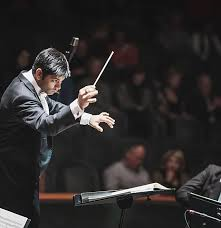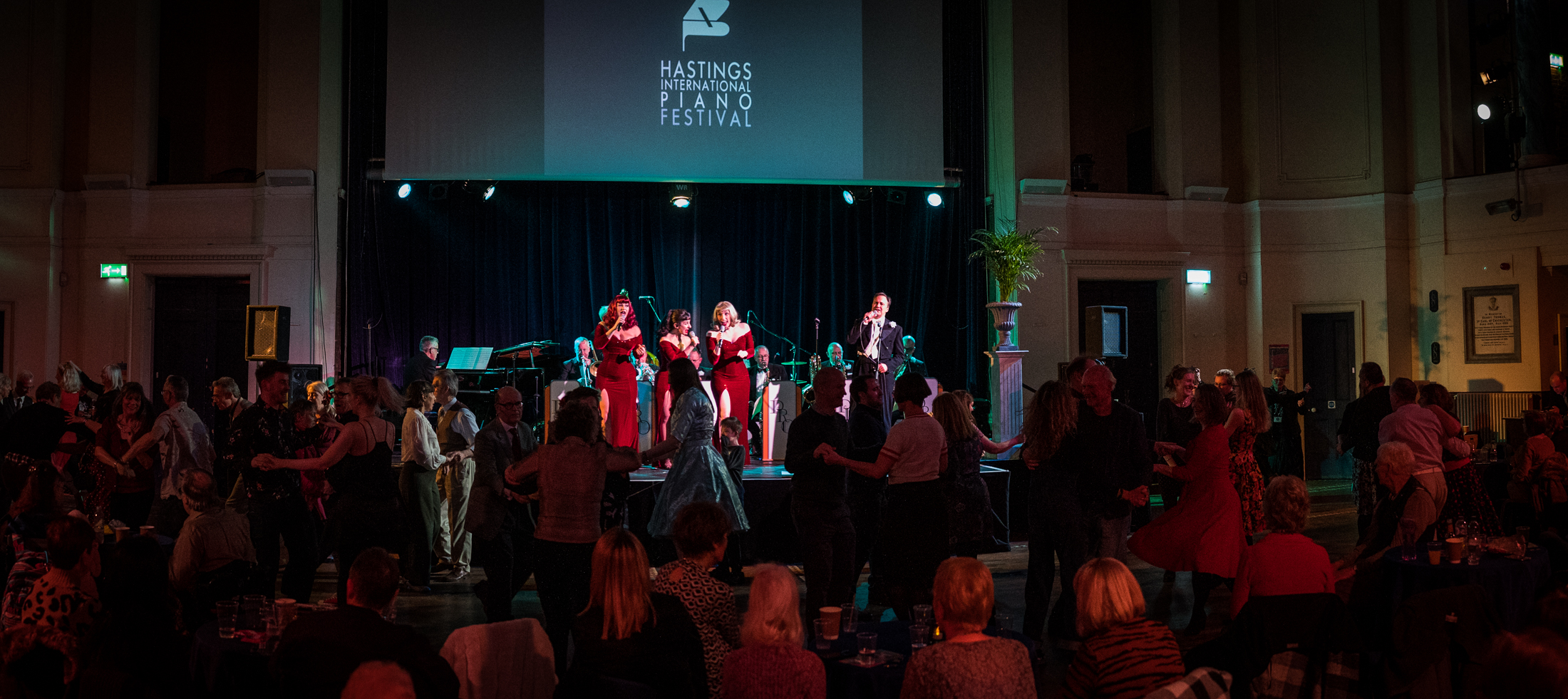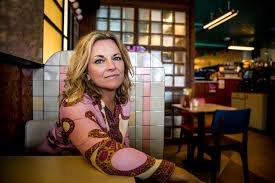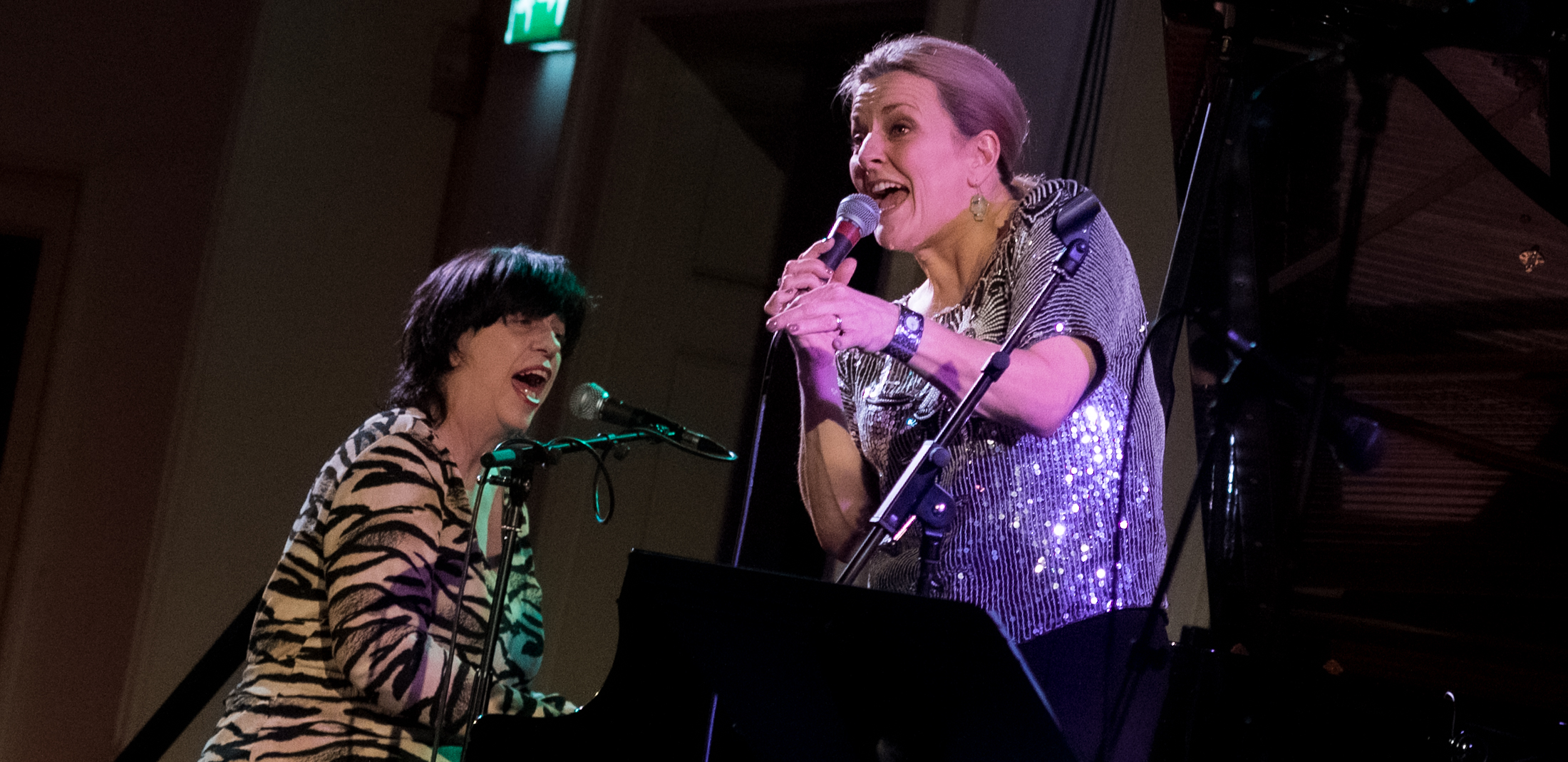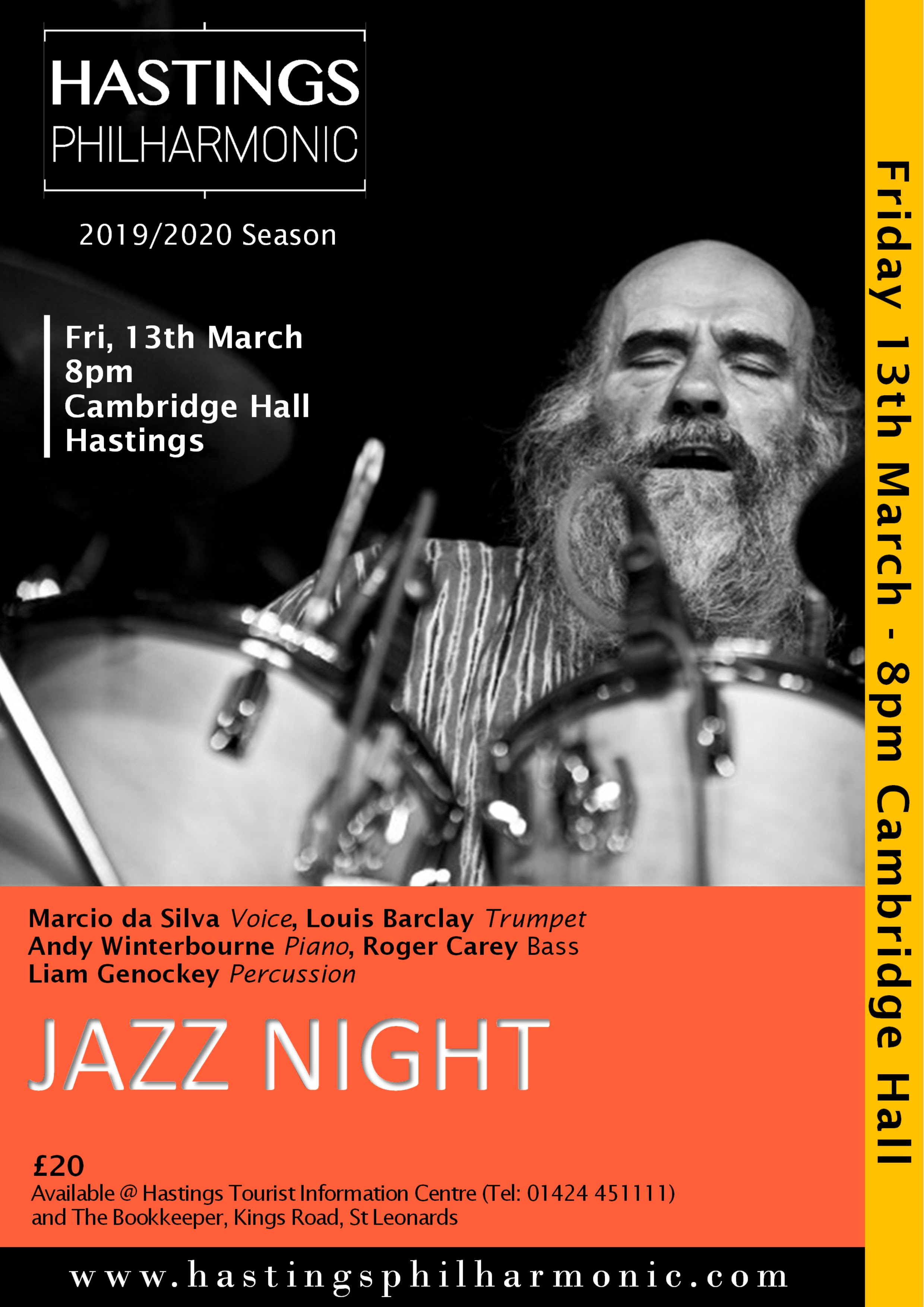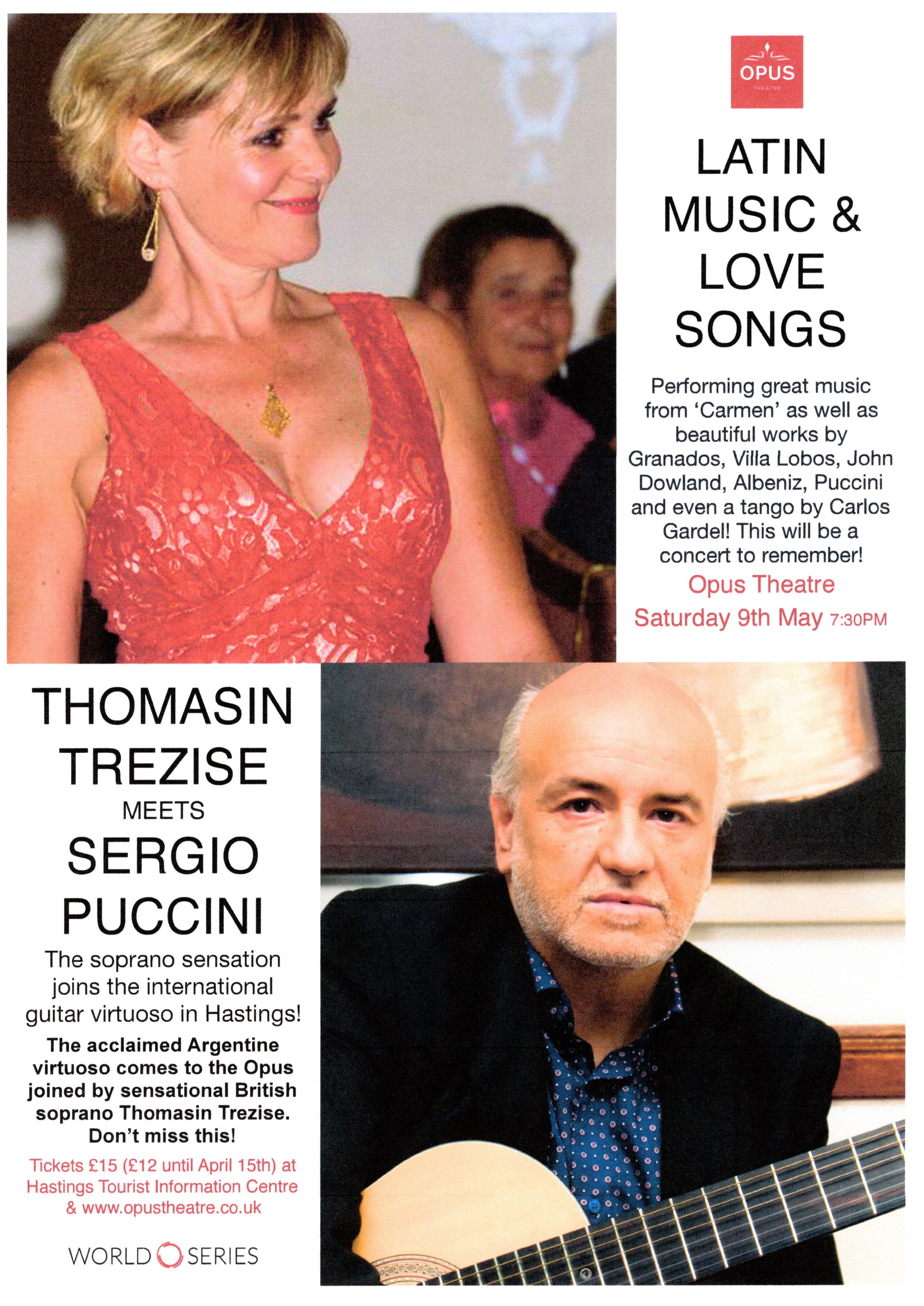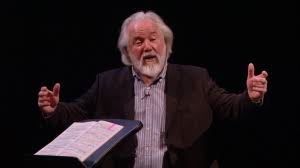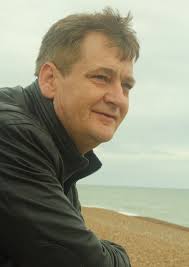Rusalka
Antonín Dvorák (1813-1901)
Libretto by Jaroslav Kvapil after Friedrich de la Motte Fouqué
Conductor, Antony Hermus
Director, Tatjana Gürbaca
Opens Saturday 28 March at the London Coliseum (7 performances)
Acclaimed German director Tatjana Gürbaca and designer Klaus Grünberg make their English National Opera (ENO) debuts with ENO’s first new Rusalka in two decades, with Corinne Winters in the title role and David Butt Philip as the Prince.
Dvo?ák’s Rusalka (1901) is a tragic modern-day fairy tale; water nymph Rusalka falls in love with a young prince who visits her lake. Desperate for the opportunity to win his love, she trades her place in her water-world for life in the mortal realm but at a terrible price. Following rejection from the Prince, she is unable to return to her former life and the tale ends in tragedy. Touching upon themes of existentialism and alienation between the two worlds, Rusalka is a powerful exploration of a woman who grows beyond her world to seek happiness and find her place, learning the true meaning of love, understanding and forgiveness.
German opera director Tatjana Gürbaca directs this new production, making her UK and house debut. Named Director of the Year by Germany’s magazine Opernwelt in 2013, Tatjana’s career highlights include Parsifal (Vlaamse Opera, 2018), Die Ring Trilogie (Theater an der Wien, 2017), Alcina (Theater an der Wien, 2018), Jephtha (Opera Halle, 2018) and, most recently, Don Giovanni (Theater Bremen, 2019-2020). Tatjana comments: ‘Rusalka is one of the most beautiful heart-breaking love-stories and an existentialist drama: love is a dangerous power that alienates her from all orders and tears a hole into the face of social convention. Traveling between two worlds with an overwhelming desire, Rusalka discovers her inner truth and conquers death. Dvo?ák’s magnificent opera intoxicates with its vibrant Romanticism.’
Rusalka’s librettist Jaroslav Kvapil drew from many sources, including Slavic myth and Northern European folk-tales that inspired Friedrich de la Motte Fouqué’s Undine (1811) and Hans Christian Andersen’s The Little Mermaid (1837). Rusalka was Dvo?ák’s ninth opera and is considered his most successful, displaying the composer’s exceptional gift for melody and orchestration, featuring the beautiful aria ‘Song to the Moon’
Making his ENO debut is Dutch conductor Antony Hermus who joins us from Opera North having just conducted The Marriage of Figaro, his first piece of work since joining as Opera North’s Principal Guest Conductor. Antony is also Principal Guest Conductor of the North Netherlands Orchestra and Artistic Advisor of the National Youth Orchestra of the Netherlands.
American soprano Corinne Winters makes her role debut as Rusalka, returning to the London Coliseum after her European debut as ‘the best ENO Violetta in decades’ (The Sunday Times) in La traviata in 2013. Corinne, who originally graduated from the Academy of Vocal Arts in Philadelphia, has performed across Europe, Australia and America since her debut and has been acclaimed by the New York Times as ‘an outstanding actress, as well as a singer of extraordinary grace and finesse’.
One of the most outstanding British tenors of his generation, David Butt Philip makes his role debut as the Prince following his Olivier-Award-nominated performance in last season’s War Requiem. David made his ENO debut as Rodolfo in La bohème (2014) where he unleashed ‘a warm, easy-sounding tenor voice with plenty of heft and ping at the top’ (Guardian).
Olivier Award-nominated Irish mezzo-soprano, Patricia Bardon returns to the role of Ježibaba having performed the role earlier in the season for Glyndebourne, where her ‘dark mezzo impressed’ (Opera), as well as recently for Berliner Philharmoniker and Opéra National du Rhin. She will also continue in the role for Theatres de la Ville de Luxembourg and finally Garsington Opera later this year.
We are delighted to welcome soprano Claire Rutter back to the London Coliseum as the Foreign Princess. Claire returns following huge success in her previous roles in ENO’s Tosca (2011) and Lucrezia Borgia (2011) – ‘To catch a terrific, scalp-tingling Tosca, look no further than Claire Rutter at the Coliseum. Glorious of voice and subtle of acting, she’s worth the price of the ticket alone’ (Metro).
Returning to the London Coliseum for his first role since La bohème (2018), David Soar brings his ‘sonorous bass’ (Independent) to the role of the Water Spirit.
Six ENO Harewood Artists complete the cast, continuing our commitment to training the talent of the operatic future through the ENO Harewood programme.
Mezzo-soprano Katie Coventry is the Kitchen Boy, following her recent performance in ENO’s new production of The Mask of Orpheus (2019). Baritone Alex Otterburn is the Huntsman, who returns to the London Coliseum following his ‘razor-edged Moralès’ (the Guardian) in Carmen.
The three Wood Nymphs are sung by Soprano Nadine Benjamin, mezzo-soprano Idunnu Münch and mezzo-soprano Katie Stevenson. All three return from recent ENO performances, Nadine following her ‘exquisite’ (the Stage) performance in Luisa Miller (2020), Katie having sung Kate Pinkerton in Madam Butterfly (2020) while Idunnu returns following her ENO debut in Orpheus in the Underworld (2019).
Completing the cast is tenor John Findon as the Gamekeeper following his recent performance as Remendado in ENO’s Carmen (2020).
Set and lighting design is by Klaus Grünberg, winner of the Design Award at the International Opera Awards 2017, assisted by Associate Set Designer Anne Kuhn. Costume design is by Barbara Drosihn and translation is by Rodney Blumer.
Rusalka opens on Saturday 28 March 19:00 at the London Coliseum for 7 performances: 28 March & 1, 3, 6, 8, 15 April at 19.00. 11 April at 18.00.
Tickets start from £10 (plus booking fee)*

